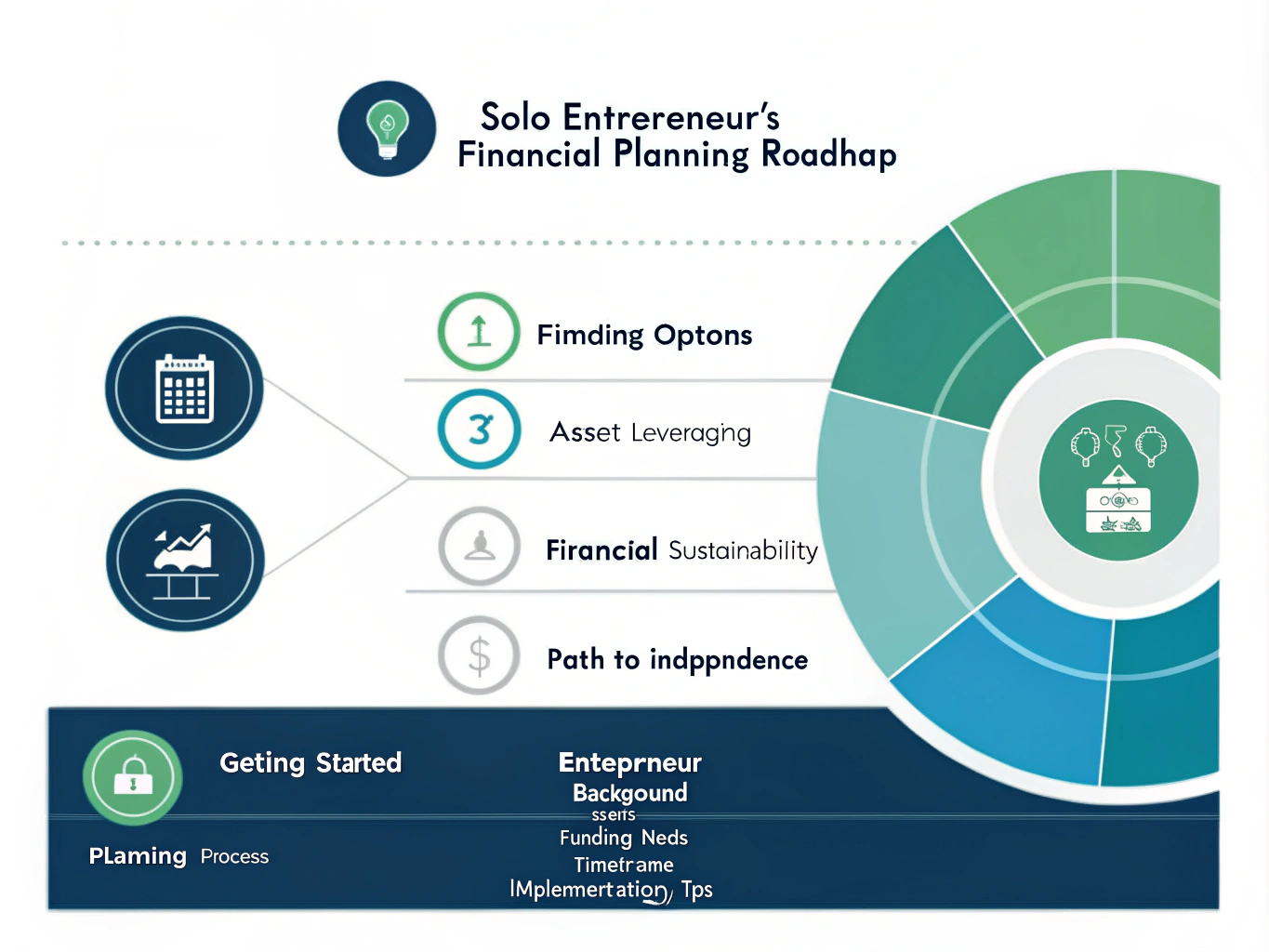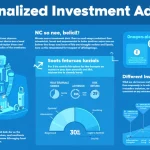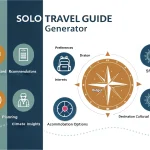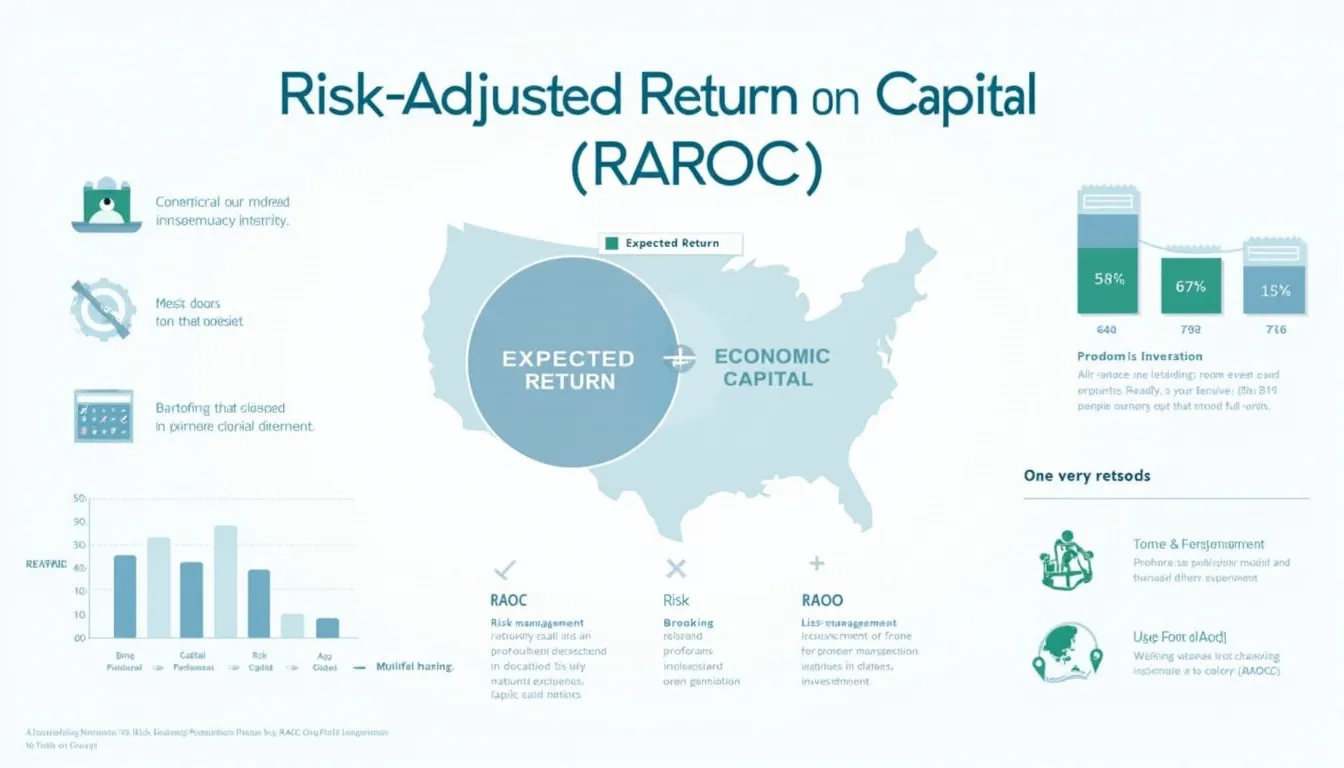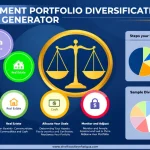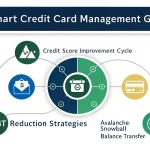Is this tool helpful?
How to Use the Tool Effectively
This financial planning tool helps solo entrepreneurs create a clear funding and asset management strategy tailored to their business needs. Follow these steps for best results:
-
Entrepreneur Background: Briefly describe your current business status and goals. Sample inputs include:
- “Independent consultant offering digital marketing services, aiming to expand into corporate training programs.”
- “Handcrafted jewelry maker preparing to launch an online store targeting eco-conscious customers.”
-
Existing Assets: List valuable resources you may leverage for funding. Possible examples:
- “Small commercial property with $75,000 equity, a patent for a unique packaging design.”
- “Savings account balance of $20,000 and ownership of specialized manufacturing equipment.”
- Funding Amount Needed: Enter your funding goal in USD. Choose an amount aligned with your growth plans and current cash flow.
-
Desired Funding Time Frame: Select how soon you need the capital:
- Short-term (0-6 months)
- Mid-term (6-18 months)
- Long-term (18+ months)
- Risk Tolerance Level: Pick your comfort level with financial risk. Choose low to be conservative, or high if you’re open to aggressive strategies. This field is optional but influences tailored recommendations.
- Generate Financial Plan: Submit your information to receive a detailed, personalized financial plan that includes funding options, asset strategies, and sustainability tips.
Engaging Introduction to the Solo Entrepreneur Funding Plan Tool
Definition and Purpose
This Solo Entrepreneur Funding Plan Tool is an AI-powered financial planning resource created specifically for individual business owners seeking to preserve assets while securing growth capital. It analyzes your unique business model, current financial position, and funding goals to deliver actionable strategies designed to help you manage risks and unlock capital efficiently.
Key Benefits of Using This Financial Planning Tool
- Tailored Advice: Get funding and asset management strategies customized to your business stage and financial needs.
- Time-Saving: Receive comprehensive planning without multiple consultations or lengthy research.
- Risk Awareness: Understand risks linked to funding options and how to protect your valuable assets.
- Holistic View: See your financial outlook, balancing immediate needs with long-term independence goals.
- Actionable Steps: Access clear, practical recommendations that you can implement immediately.
- Financial Education: Learn about entrepreneurial finance concepts that support smarter decisions.
Practical Usage of the Solo Entrepreneur Funding Plan Tool
Planning Funding According to Your Business Timeline
Use this tool to match your funding needs to appropriate financing options based on your desired time frame:
- Short-term Capital: If you need funding quickly, the tool suggests options like invoice factoring, merchant cash advances, or quick small loans.
- Mid-term Growth Capital: For expansion within 6 to 18 months, it recommends SBA loans, equipment financing, or angel investor collaborations.
- Long-term Strategic Funding: For multi-year growth, the tool suggests venture capital, mezzanine finance, or preparing for IPO readiness.
Leveraging Your Assets Strategically
You can optimize your existing assets without surrendering ownership by applying strategies such as:
- Using home equity lines of credit or refinancing for business cash flow.
- Monetizing intellectual property through licensing, collateral, or revenue generation.
- Employing asset-based lending using equipment, inventory, or receivables as security.
Optimizing Financial Sustainability
The tool offers tips on preserving cash flow and operational efficiency including:
- Reducing expenses via cloud services and energy-efficient solutions.
- Diversifying income streams within your business model to stabilize revenue.
- Improving working capital by optimizing inventory turnover and payment terms.
Building a Path to Financial Independence
Achieving long-term financial freedom is a core goal. The tool shows how to:
- Create passive income streams through digital products, courses, or dividends.
- Automate business processes to reduce daily involvement and improve scalability.
- Develop exit strategies, preparing your business for sale or succession planning.
Real-World Applications and Success Stories
Case Study: Independent Consultant Expanding Services
Alex, a solo consultant, used this tool to plan funding for launching corporate workshops. The plan included:
- Securing a short-term loan combined with a government small business grant.
- Leveraging a home equity loan to finance marketing campaigns.
- Optimizing cash flow by bundling client contracts to secure upfront payments.
- Building passive revenue through online training course development.
Alex successfully raised $80,000 within four months and grew his client base by 40% within a year.
Case Study: Artisan Launching E-commerce Platform
Priya, crafting handmade ceramics, used the tool to plan expanding her business online. The recommendations included:
- Applying for equipment financing to upgrade kiln and production tools.
- Using a moderate risk approach to secure a revenue-based loan.
- Monetizing her brand through licensing agreements with local boutiques.
- Implementing inventory management best practices to improve cash flow.
Priya launched her online store within six months and increased profitability by 120% in 15 months.
Frequently Asked Questions About This Solo Entrepreneur Funding Tool
How does the tool recommend the best funding options for my business?
It analyzes your business type, funding amount, timing, and risk appetite to match you with appropriate funding sources from a diverse, continuously updated database.
Can the tool help if I have a low credit score?
Yes. It suggests alternative options like asset-based loans, revenue-sharing models, or crowdfunding that are less dependent on credit scores.
How often should I update my financial plan with this tool?
Revisiting and updating your plan quarterly or after major business changes ensures it stays relevant and supports informed decisions.
Will this tool assist in preparing investor presentations?
While it doesn’t prepare presentations directly, the detailed financial plan it generates provides a strong foundation for your pitch materials.
Does the tool account for industry-specific challenges?
Yes, its AI engine factors in your business sector and applies financial best practices and market trends relevant to your industry.
Can this tool prepare me for economic uncertainties?
Definitely. It includes risk evaluation and suggests strategies like revenue diversification and cost optimization to boost resilience.
Important Disclaimer
The calculations, results, and content provided by our tools are not guaranteed to be accurate, complete, or reliable. Users are responsible for verifying and interpreting the results. Our content and tools may contain errors, biases, or inconsistencies. We reserve the right to save inputs and outputs from our tools for the purposes of error debugging, bias identification, and performance improvement. External companies providing AI models used in our tools may also save and process data in accordance with their own policies. By using our tools, you consent to this data collection and processing. We reserve the right to limit the usage of our tools based on current usability factors. By using our tools, you acknowledge that you have read, understood, and agreed to this disclaimer. You accept the inherent risks and limitations associated with the use of our tools and services.
